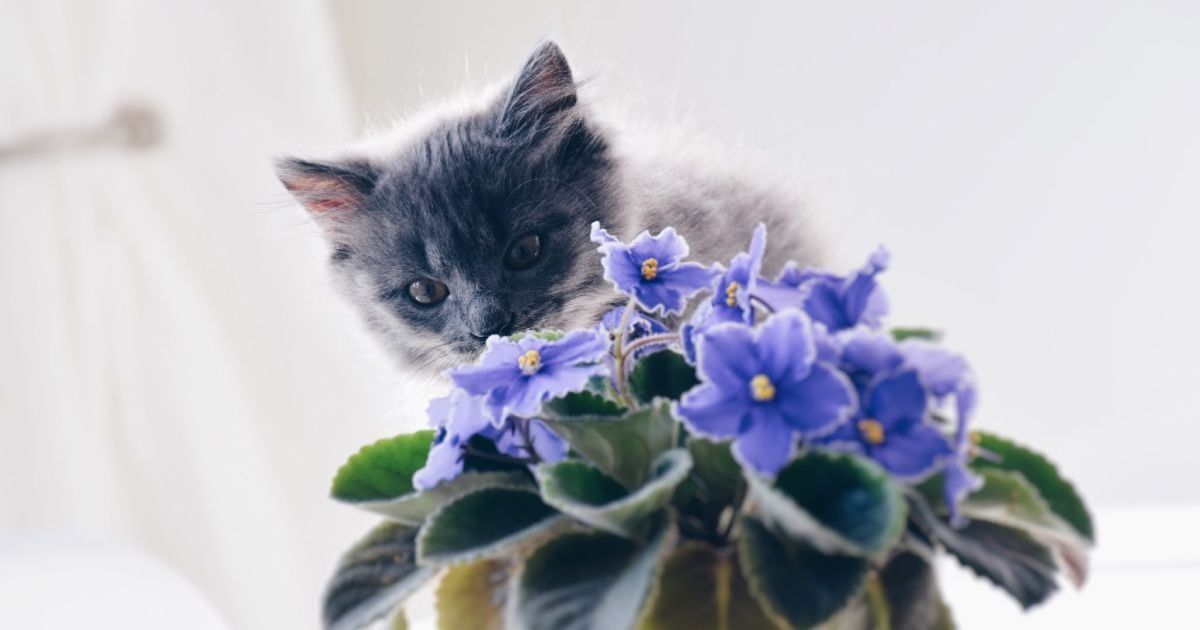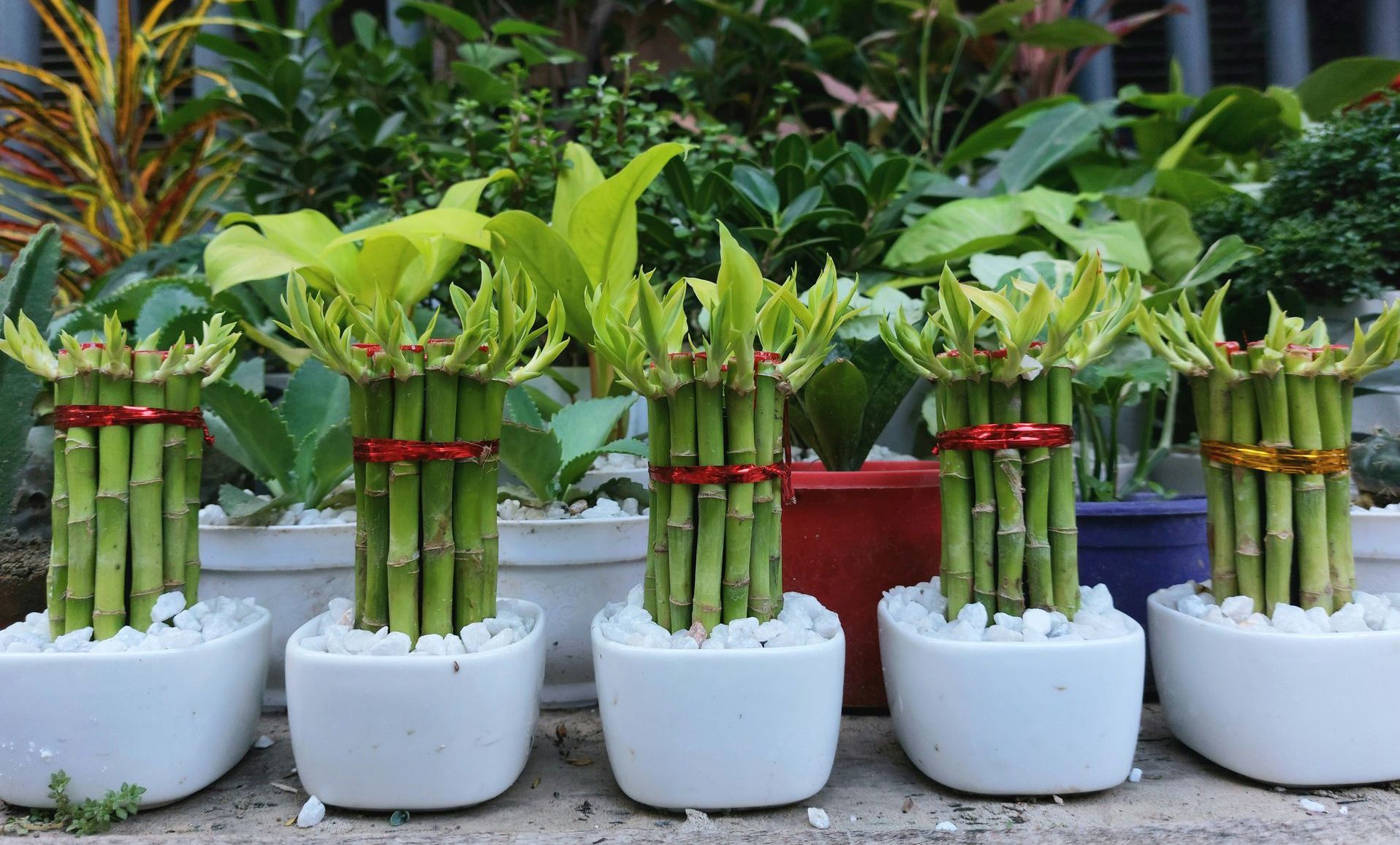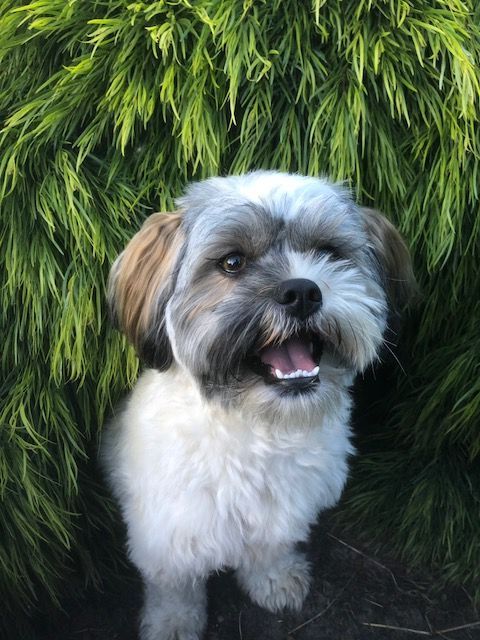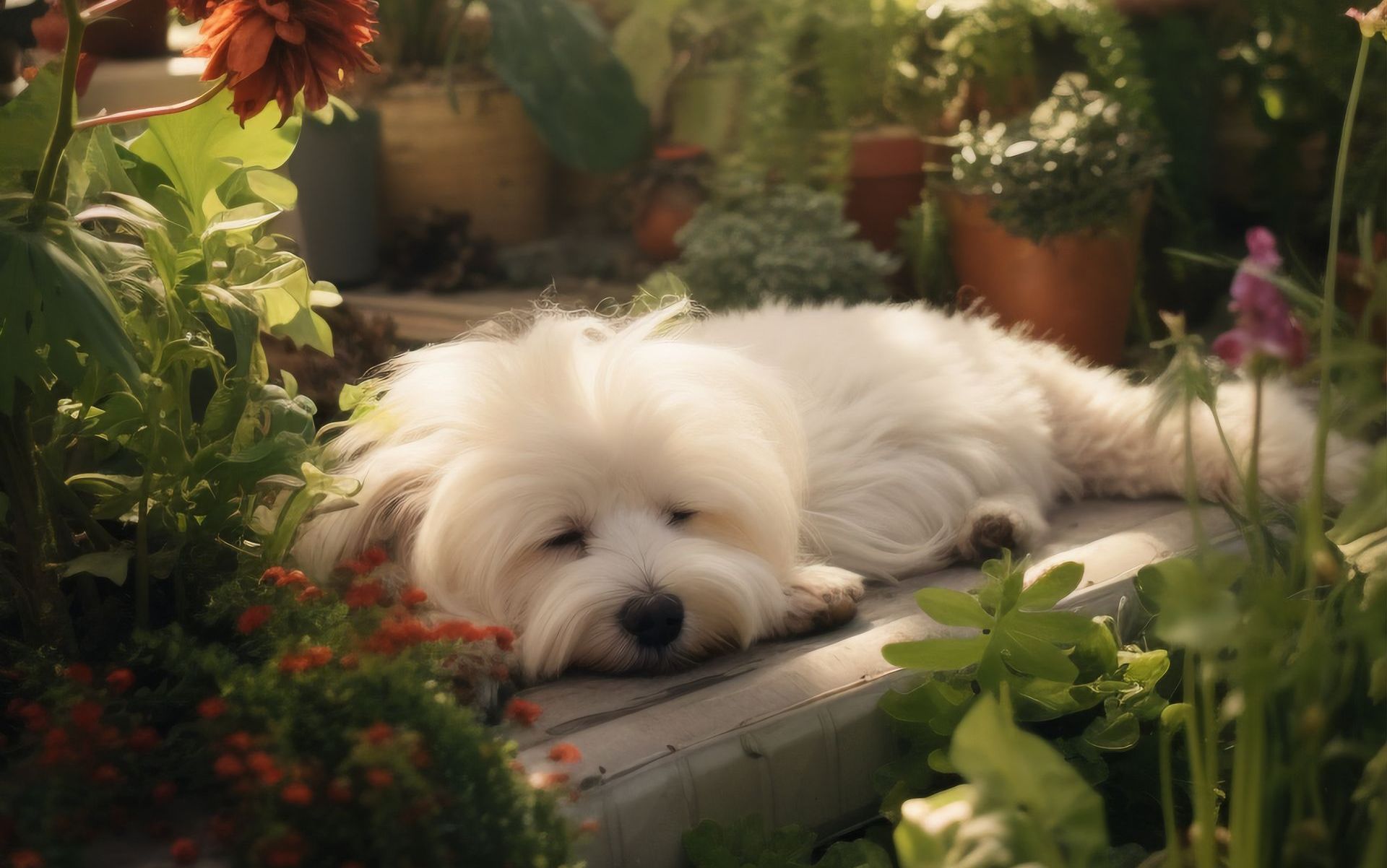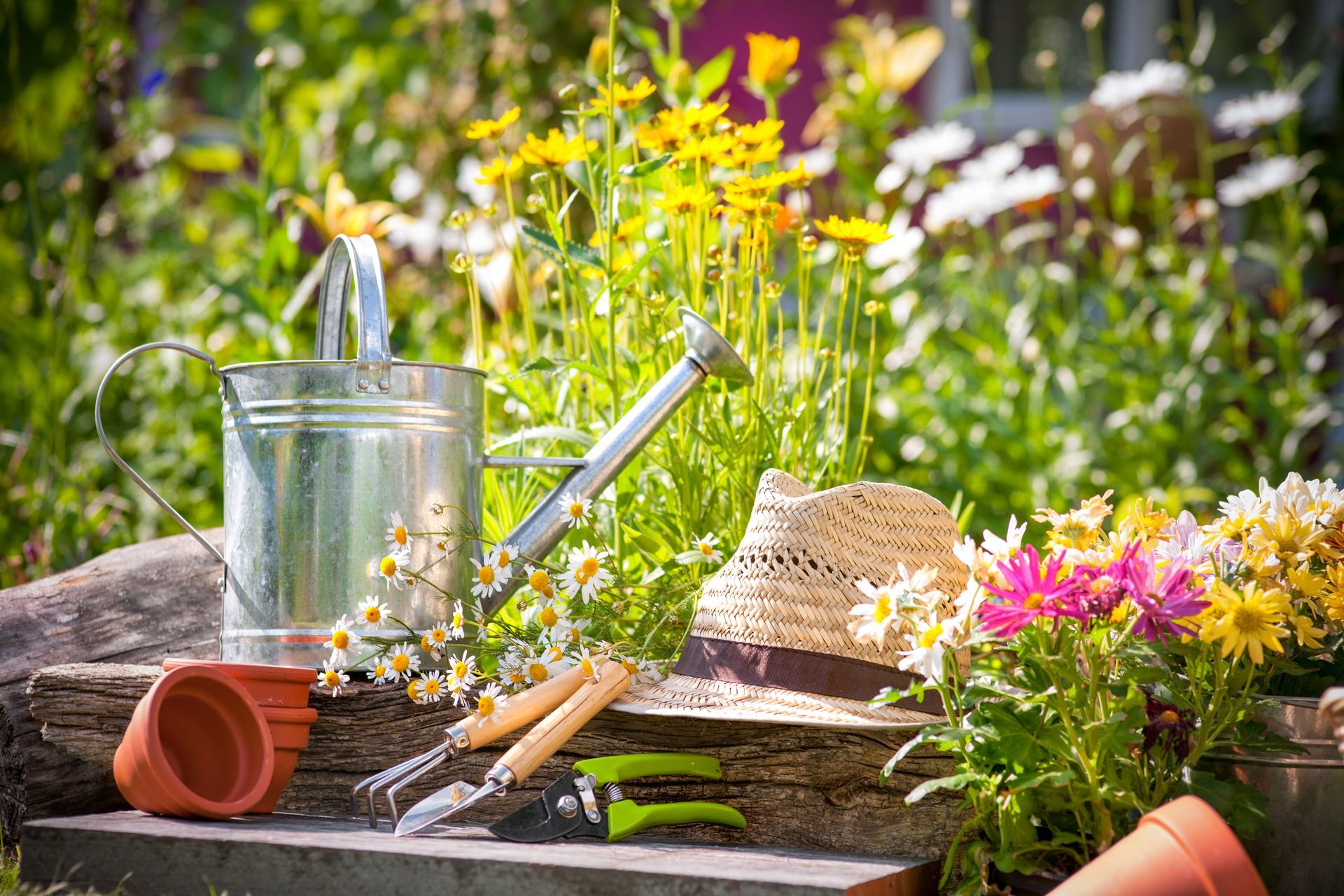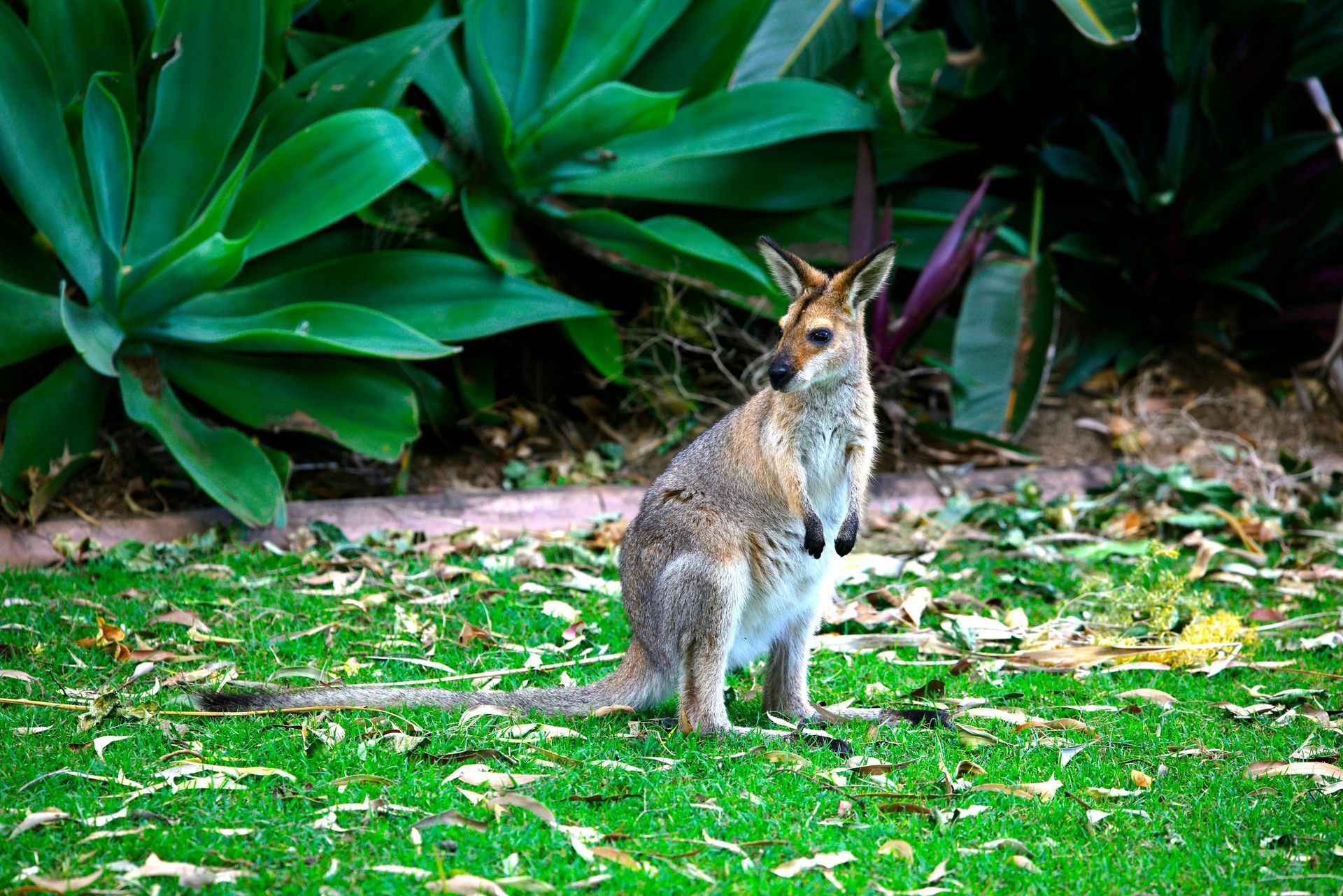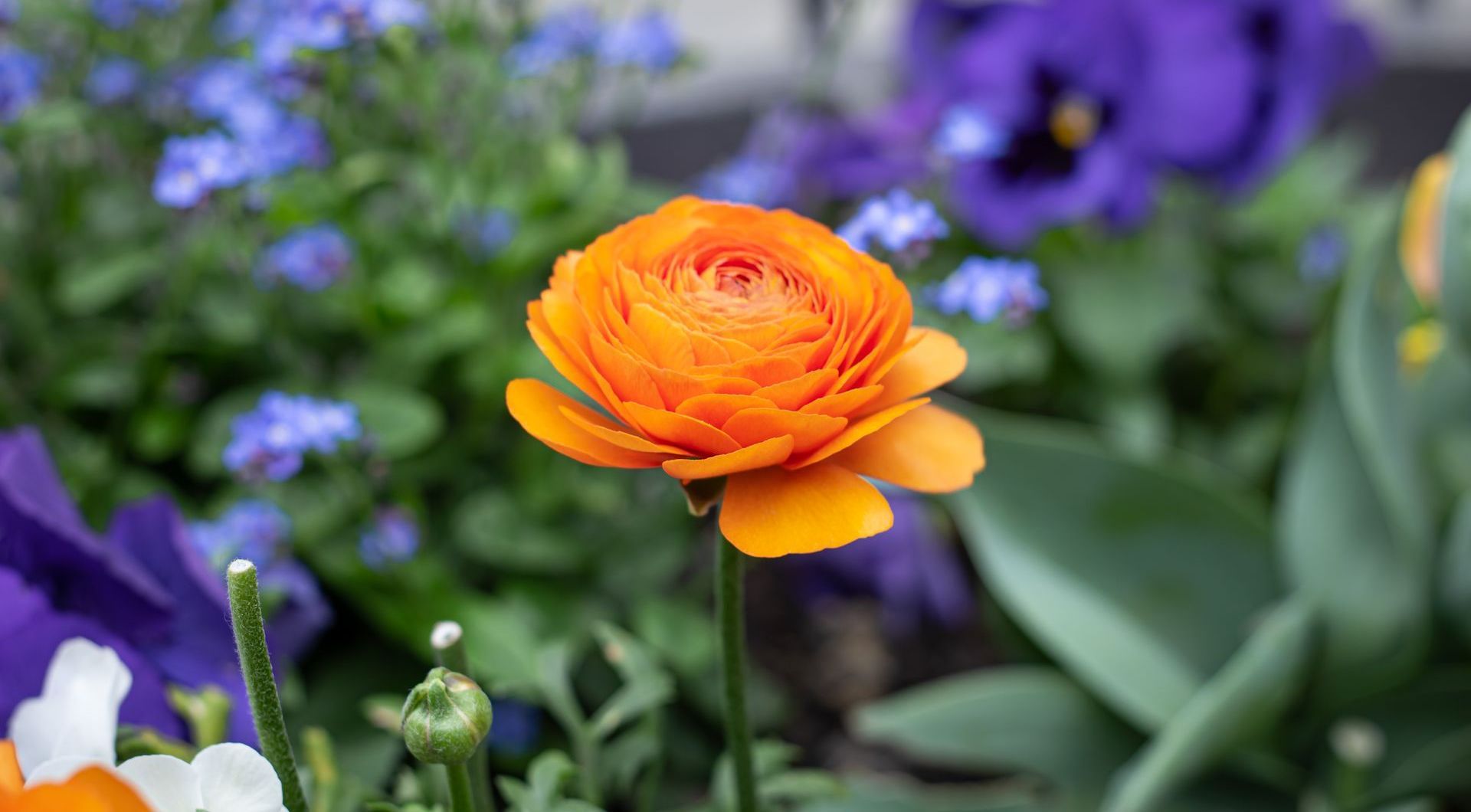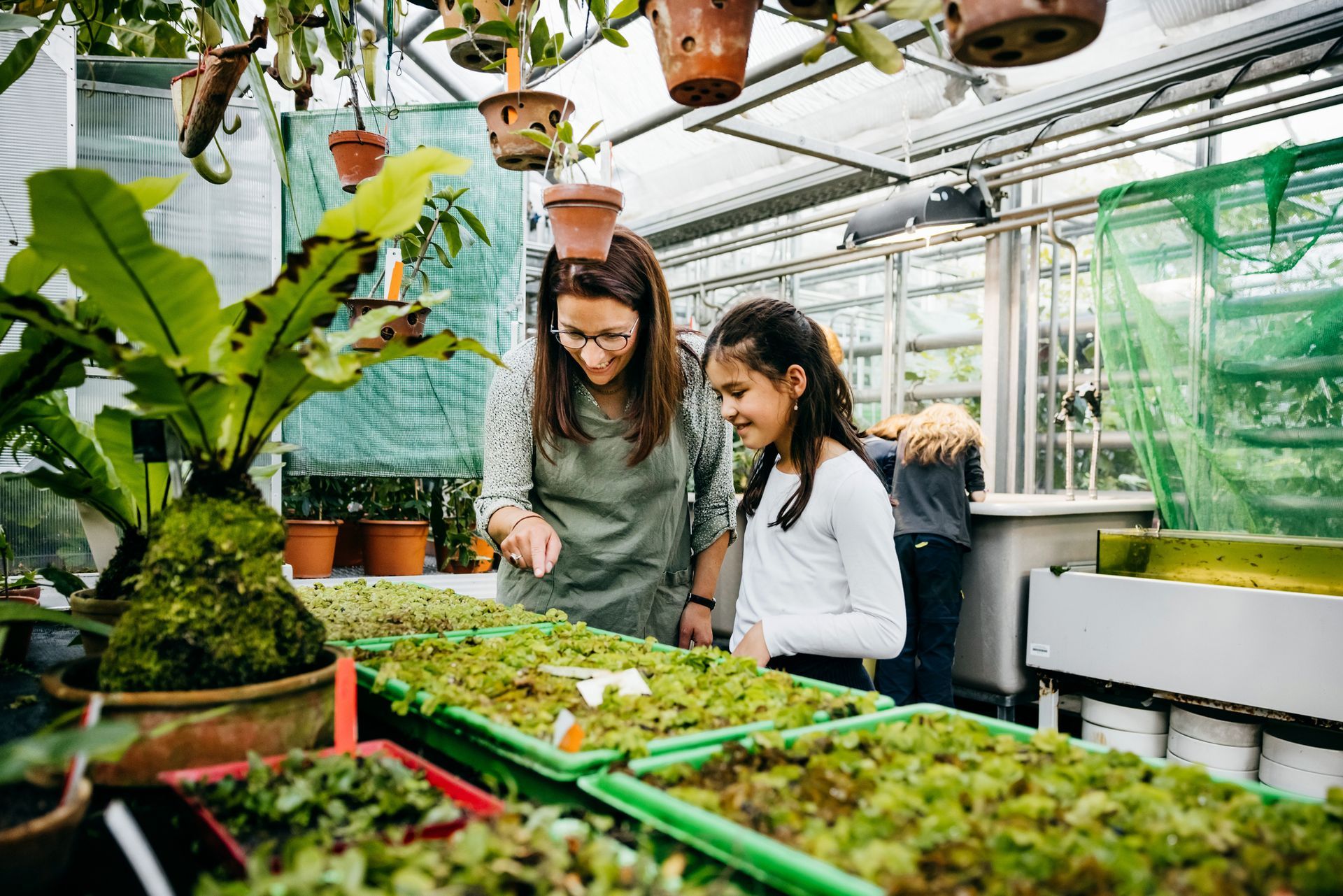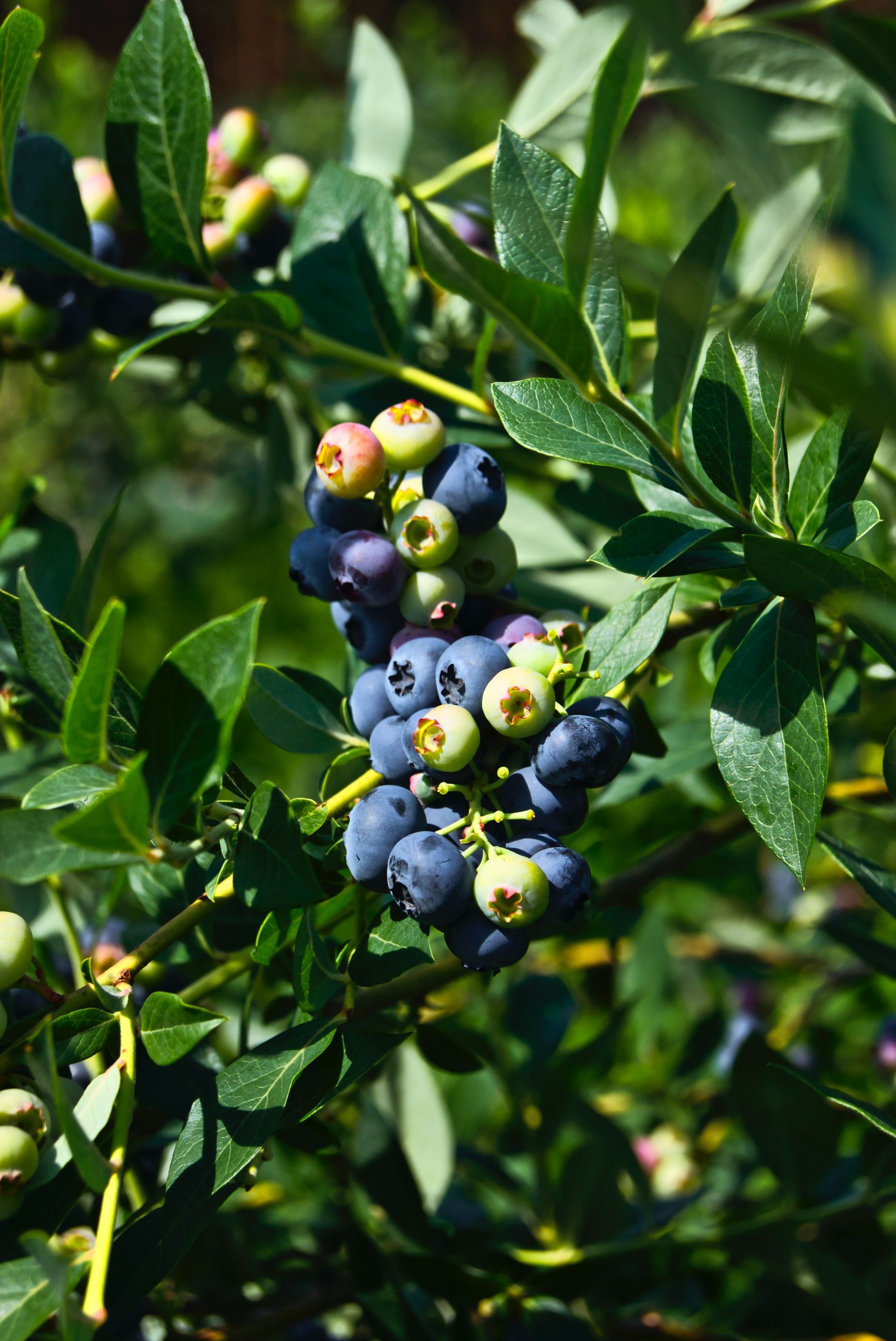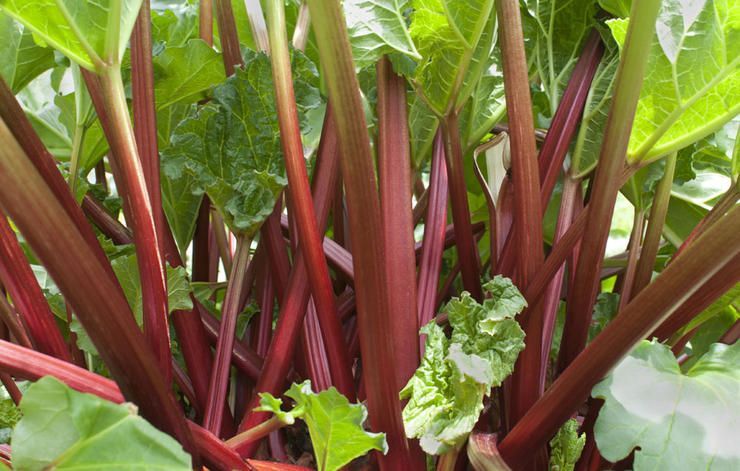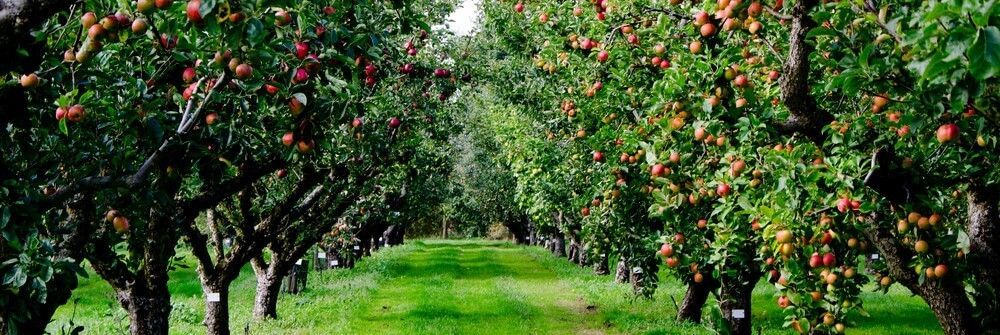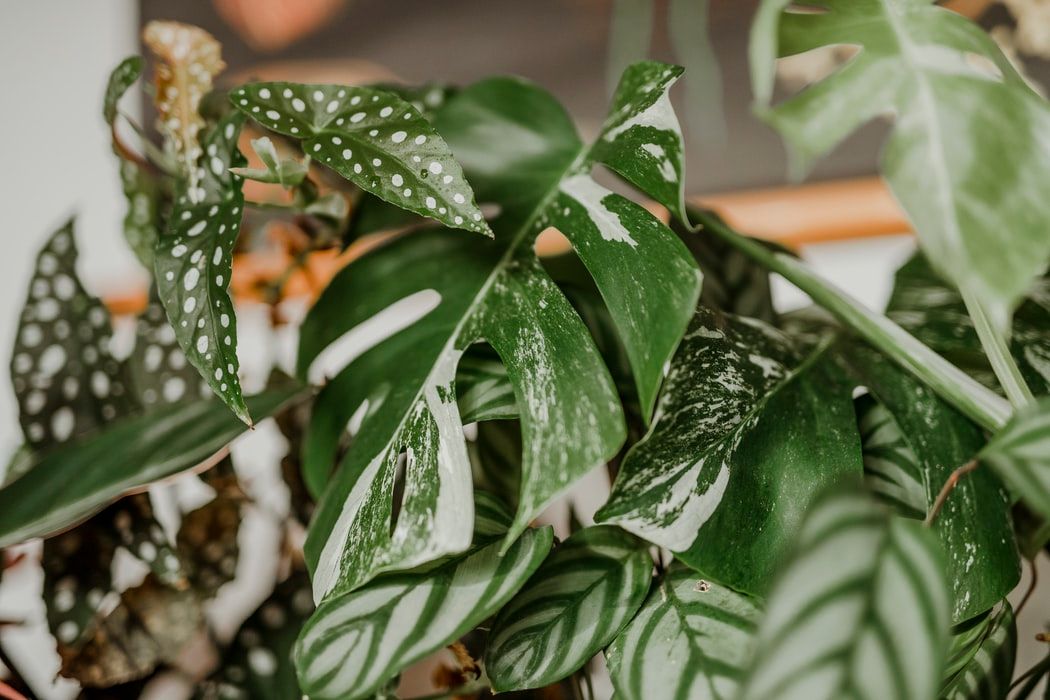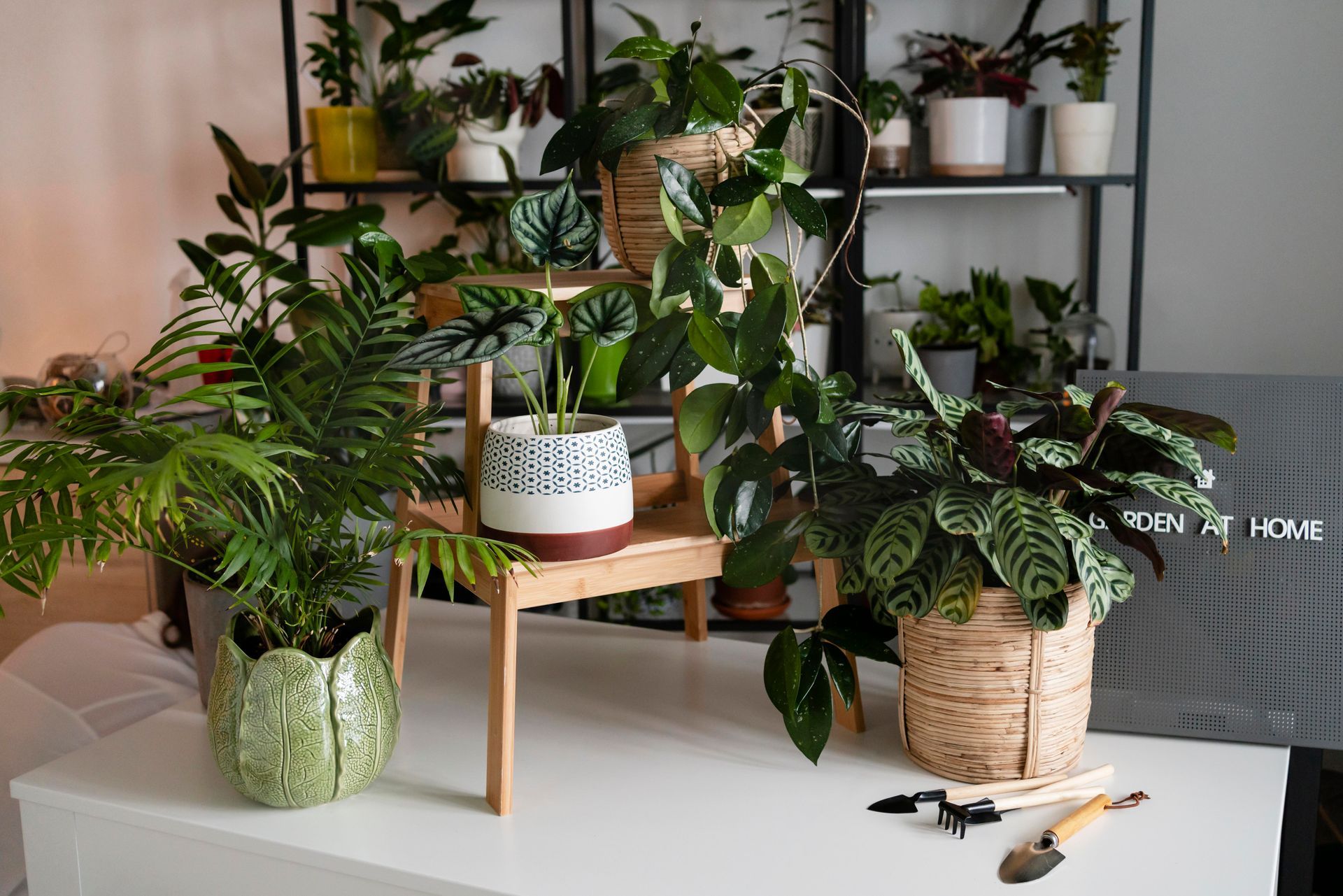Pet-Friendly Indoor Plants for Tasmanian Homes
Love the lush look of indoor greenery but need to keep your curious pets safe? You're not alone. Many popular indoor plants can be harmful to cats and dogs, but there are plenty of beautiful, non-toxic options that will thrive in Tasmanian homes.
Here’s a curated list of pet-friendly indoor plants that combine beauty, resilience, and peace of mind:
African Violet (Saintpaulia)
Add colour with these compact, flowering plants. They’re completely pet-safe and love Tasmania’s indoor climate. Light: Bright, indirect light. Water: Bottom-water to protect leaves.
Calathea (Prayer Plant family)
Known for their stunning leaf patterns and rhythmic leaf movement, Calatheas are non-toxic and perfect for bathrooms or kitchens where humidity is higher.
Light: Bright, indirect light. Water: Keep soil moist (not soggy); mist regularly.
Peperomia
Pet-safe and perfectly suited to small spaces, Peperomia varieties come in an array of colours and textures, making them a fun and easy-care option.
Light: Medium to bright indirect light. Water: Allow soil to dry slightly between waterings.
Golden Cane Palm (Dypsis lutescens)
A popular, air-purifying palm that adds a tropical touch to any room—and it’s completely safe for pets.
Light: Bright, filtered light. Water: Water when the top few centimetres of soil are dry.
Spider Plant (Anthericum comosum)
With arching variegated leaves and baby offshoots, this classic indoor plant is pet-safe and very forgiving.
Light: Tolerates low to bright indirect light. Water: Allow soil to dry slightly between waterings.
Ponytail Palm (Beaucarnea recurvata)
Despite its name, it’s not a true palm—but it is a fabulous, pet-friendly statement plant. The bulbous trunk stores water, making it drought-tolerant and low-maintenance.
Light: Bright light, even some direct sun. Water: Allow soil to dry between waterings.
Boston Fern (Nephrolepis exaltata)
Perfect for cooler Tasmanian homes, Boston Ferns love a little humidity and provide soft, flowing greenery.
Light: Indirect light or dappled shade. Water: Keep soil evenly moist and mist often.
Baby Tears (Soleirolia soleirolii)
A delicate trailing plant ideal for hanging pots or terrariums. Thrives in moisture and is completely safe for pets.
Light: Medium to bright indirect light. Water: Keep soil consistently moist.
Pilea spp.
From the popular Pilea peperomioides (Chinese Money Plant) to other textured varieties, Pileas are fun, fast-growing and pet-friendly.
Light: Bright, indirect light. Water: Let soil dry slightly between waterings.
Prayer Plant (Maranta leuconeura)
Closely related to Calatheas, this plant folds its leaves at night and has vibrant patterns - safe and eye-catching.
Light: Medium to bright indirect light. Water: Likes evenly moist soil and humidity.
Parlour Palm (Chamaedorea elegans)
A graceful and pet-safe palm that works beautifully in lower-light areas of the home.
Light: Low to medium indirect light. Water: Water when top of soil is dry.
Lucky Bamboo (Dracaena sanderiana)
Often grown in water, Lucky Bamboo is typically safe for pets in small amounts when not fertilised. Keep out of reach just to be cautious.
Light: Bright, indirect light. Water: Use clean, chlorine-free water and change regularly.
Haworthia
A tough, compact succulent that’s safe for pets and perfect for windowsills or small pots.
Light: Bright light with some direct sun. Water: Allow soil to dry out completely between waterings.
Phalaenopsis Orchids
Elegant, long-lasting flowers that brighten any room. Moth Orchids are non-toxic to pets and thrive in stable indoor conditions.
Light: Bright, filtered light. Water: Water weekly and allow to drain thoroughly.
Cast Iron Plant (Aspidistra elatior)
Tough as nails and one of the best plants for neglect or low light. Safe for pets and ideal for Tasmanian homes with cold draughts or darker rooms.
Light: Low to medium light; avoids direct sun. Water: Water when the top few centimetres of soil are dry. Very drought-tolerant.

